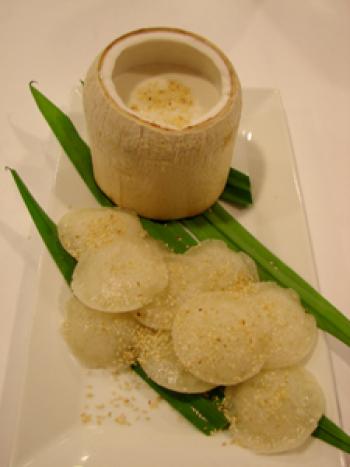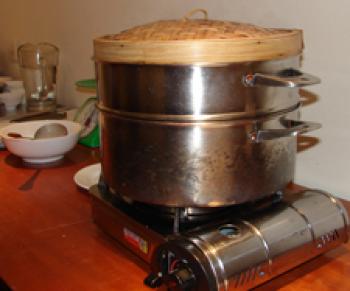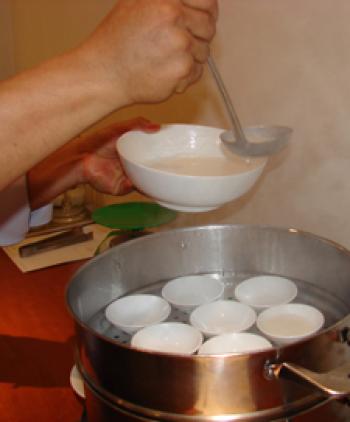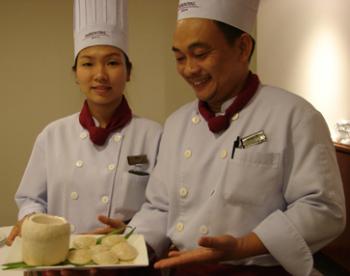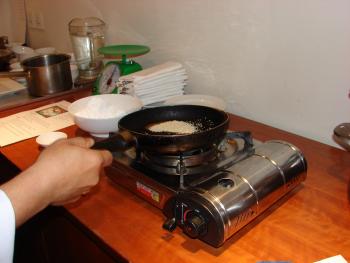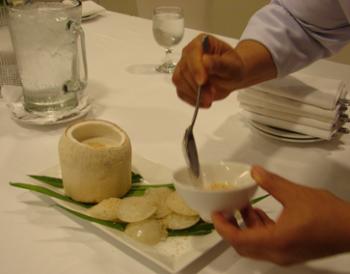What’s Cooking In… Vietnam
This item appears on page 51 of the October 2016 issue.
Vietnam
My husband, John, and I live in upstate New York, and most of the retired people in our area are “snowbirds,” who head south to spend the winter in warmer, snow-free states. John and I head all the way to Asia for three months. We find Asia reasonable, cost-wise, and enjoy the diversity of cultures. We like the flexibility of wintering for a few weeks each in several countries.
In January 2016 we were in Ho Chi Minh City (HCMC), Vietnam. We had been there several times but wanted to revisit the Cao Đài Temple and the Cu Chi Tunnels.
The Cao Đài Temple is the center of the Caodaist church, an indigenous religion that incorporates the teachings of many religions. The first time we visited the temple was in 1998. It was as colorful as I remembered.
The biggest change was at the Cu Chi Tunnels. The part of the tunnel that we visited in ’98 is now open only to Vietnamese, whereas the new area has been made handicapped-accessible, with visitors entering via a gift shop. Also, other activities have been added, such as a rifle range.
We wanted a hotel in HCMC close to the airport, so we booked a few days at the Parkroyal Saigon (309B-311 Nguyen Van Troi Street, Tan Binh District, Ho Chi Minh City, Vietnam; phone +84 8 3842 1111 or, in the US, 877/237-7838, www.parkroyalhotels.com/en/hotels-resorts/vietnam/saigon.html).
A standard room cost $88 a night, but we upgraded to an Orchid Club room at $137. The Orchid Club room price included airport/hotel transfers, breakfast, afternoon tea and evening cocktails plus laundry for up to four garments per day. A great deal!
We liked the relaxing atmosphere in the Orchid Club Lounge, especially during afternoon tea, when there was an assortment of tea sandwiches.
We commented to the waitress that dessert in Vietnam was most commonly fresh fruit and seldom cakes or pies. She said that many Vietnamese don’t have ovens. Also, they don’t have a “sweet tooth.”
She told us that her favorite dessert is bánh bò hâ´p, which she said are also called “cow cakes” because the word bò means “cow.” She said her mother told her the word bò also means “crawl” because when the cakes are steamed, they “crawl” up the side of the pan.
Later we had an opportunity to try this dessert. We reported back to our waitress that we loved the light and tasty cow cakes and thought they looked simple to make. She said she was sure the pastry chef would love to show us how to make them.
The next day, pastry chef Nguyen Thanh Ngoan and his helper Nguyen Thu Nhi showed us how they are made. I found out it was not as simple as I had thought! F
Sandra Scott can be reached by email at sanscott@gmail.com.

